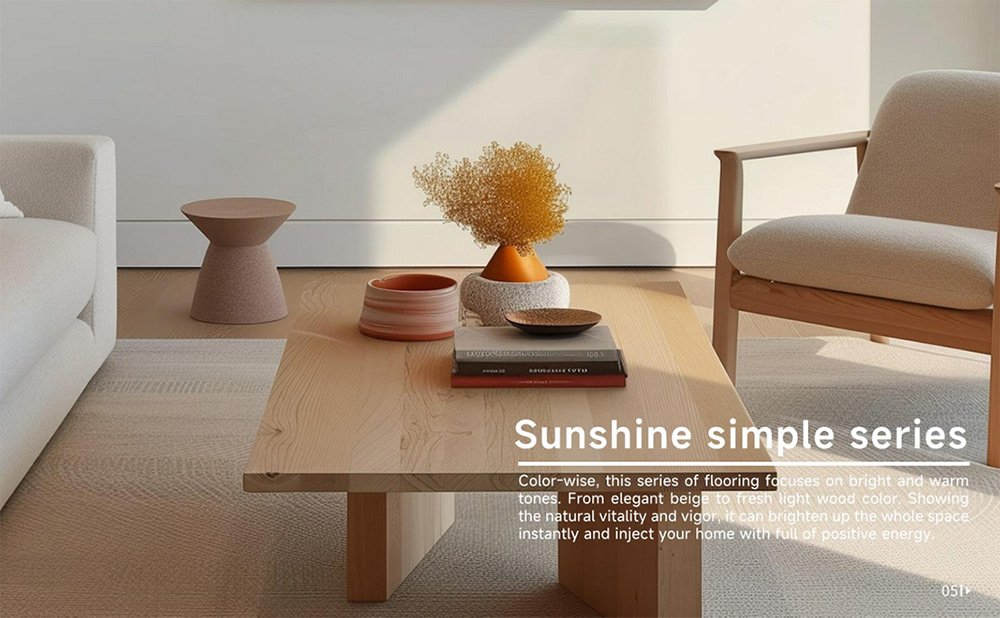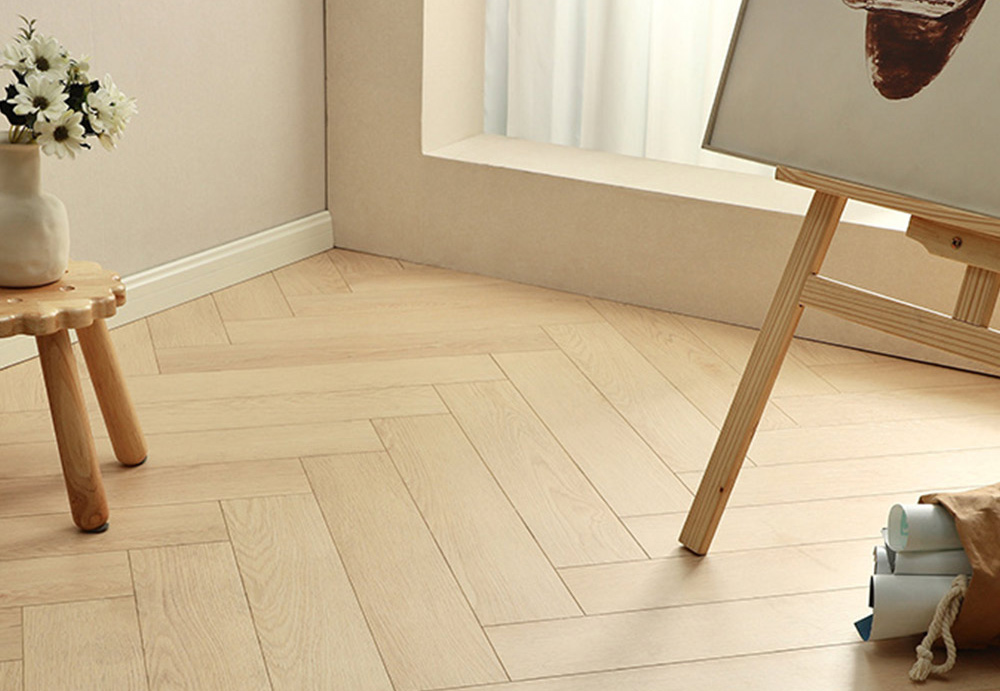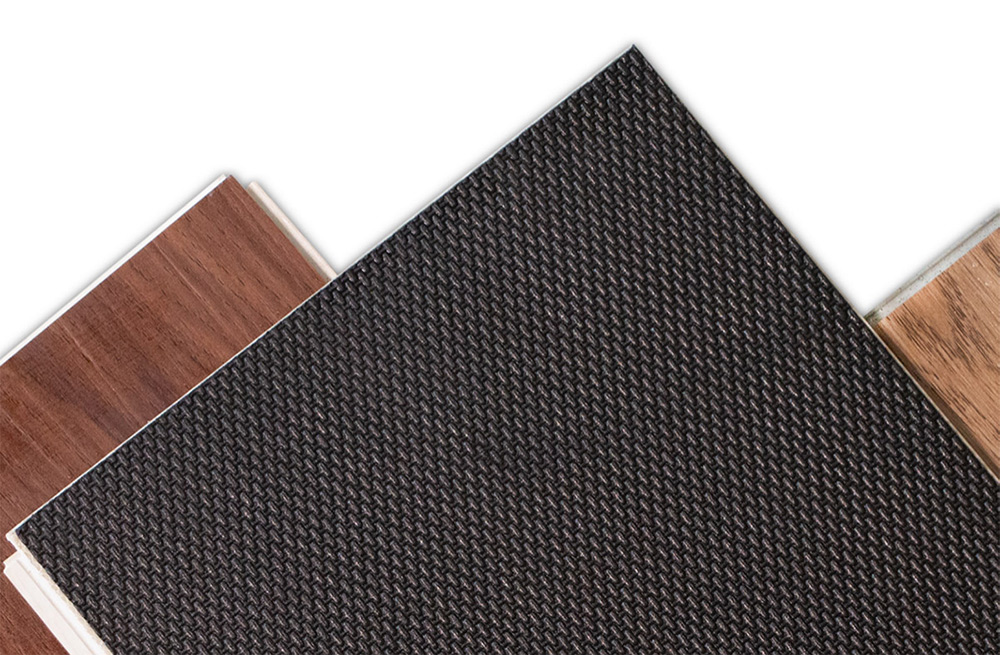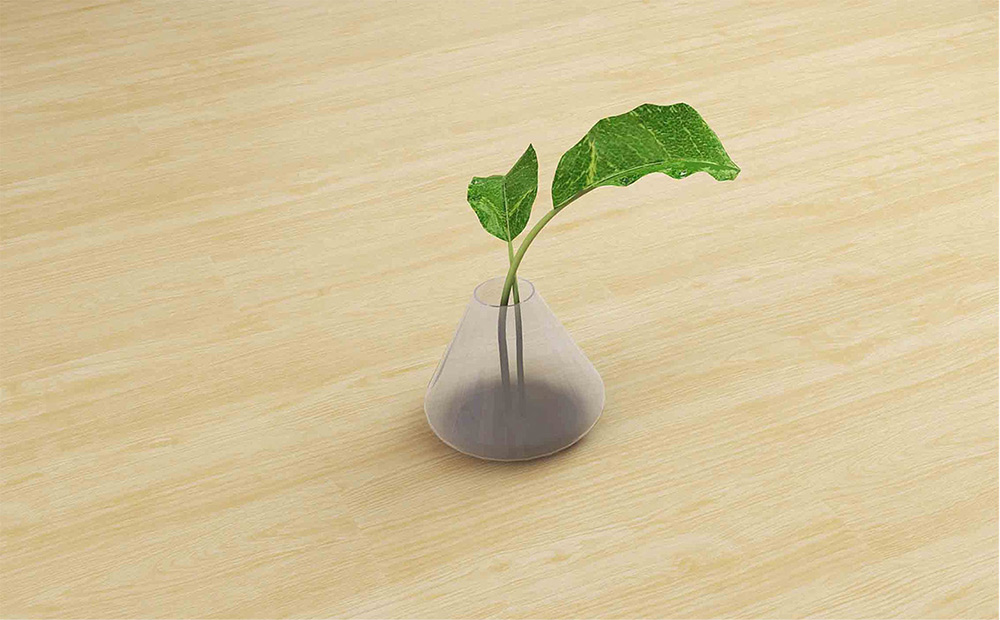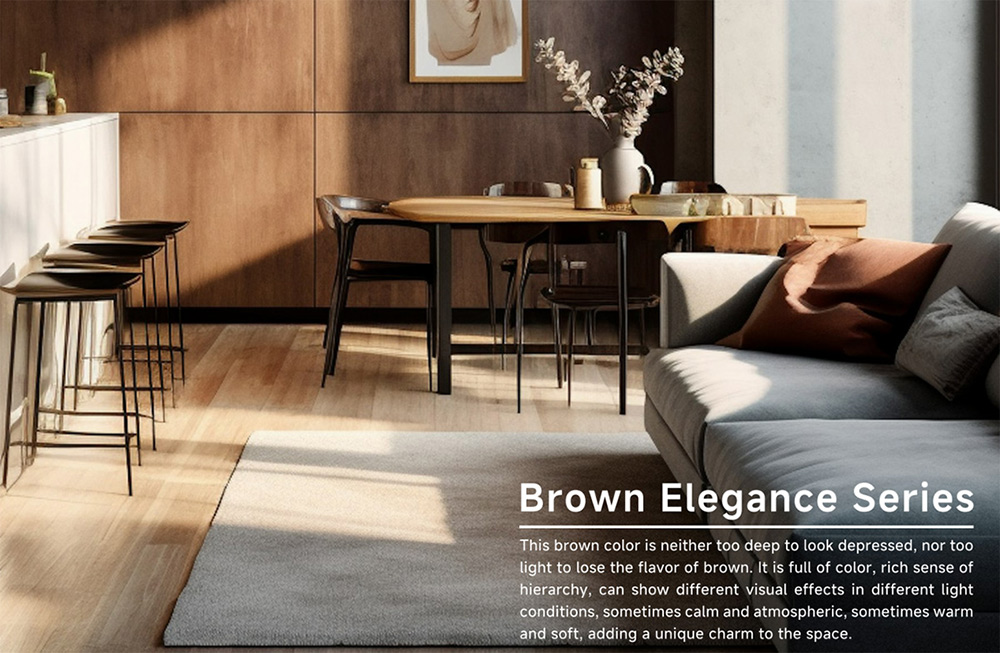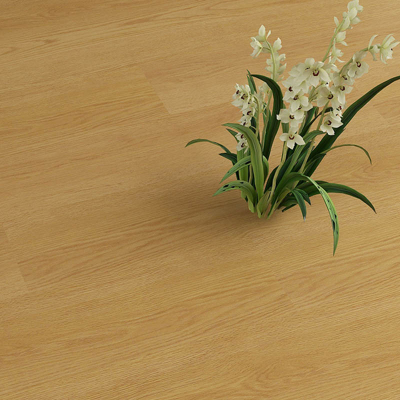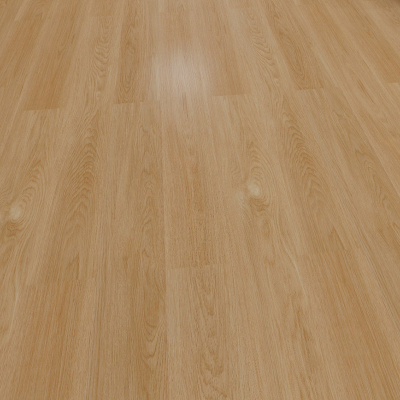A Comprehensive Guide: How to Choose Between SPC, LVT, and WPC Flooring ?
SPC (Stone Plastic Composite), LVT (Luxury Vinyl Tile), and WPC (Wood Plastic Composite) are all great popular choices when it comes to modern flooring solutions. Each type has different advantages and is designed for different environments. But with such a wide range of possibilities, selecting the appropriate flooring might be challenging. This guide will explain the differences, pros and cons of SPC, LVT and WPC flooring as well as tips to help you avoid making common mistakes.
1. SPC Flooring (Stone Plastic Composite)
What is SPC Flooring?
SPC flooring is a rigid core flooring made from a mixture of limestone powder, polyvinyl chloride, and stabilizers. It is known for its durability, waterproof properties, and stability.
Advantages:
100% Waterproof: Perfect for moisture-prone areas like bathrooms, kitchens, and basements.
Extremely Durable: Resistant to scratches, dents, and heavy foot traffic.
Stable Under Temperature Changes: Suitable for homes with underfloor heating.
Thin Profile: Easier to install in spaces with height restrictions.
Ideal Use Cases:
Commercial spaces (offices, retail stores).
High-moisture residential areas (bathrooms, laundry rooms).
Homes with pets or children.
How to Avoid Pitfalls:
Ensure the wear layer is thick enough (at least 12 mil) for high-traffic areas.
Check for certifications like FloorScore or GREENGUARD to ensure low VOC emissions.
Avoid cheap, low-quality SPC flooring, as it may lack durability.
2. LVT Flooring (Luxury Vinyl Tile)
What is LVT Flooring?
LVT is a flexible vinyl flooring option that mimics the look of natural materials like wood or stone. It comes in tiles or planks and is known for its versatility and comfort.
Advantages:
Waterproof: Great for areas exposed to moisture.
Comfortable Underfoot: Softer than SPC, making it ideal for standing for long periods.
Wide Range of Designs: Realistic wood, stone, and tile patterns.
Easy to Install: Can be glued down, clicked, or floated.
Ideal Use Cases:
Residential spaces (living rooms, bedrooms).
Retail spaces and showrooms.
Areas where noise reduction is important (e.g., apartments).
How to Avoid Pitfalls:
Choose LVT with a thick wear layer (20 mil or more) for durability.
Avoid using LVT in areas with extreme temperature fluctuations, as it may expand or contract.
Ensure proper subfloor preparation to prevent uneven surfaces.
3. WPC Flooring (Wood Plastic Composite)
What is WPC Flooring?
WPC flooring is a type of rigid core flooring that combines wood pulp and PVC to create a durable yet comfortable flooring option. It has a thicker core than SPC, providing better insulation and soundproofing.
Advantages:
Waterproof: Suitable for moisture-prone areas.
Comfortable and Quiet: Thicker core provides cushioning and noise reduction.
Insulating: Helps maintain room temperature, making it energy-efficient.
Durable: Resistant to scratches and dents.
Ideal Use Cases:
Residential spaces (bedrooms, living rooms).
Areas where comfort is a priority (e.g., playrooms, nurseries).
Homes in colder climates due to its insulating properties.
How to Avoid Pitfalls:
Ensure the core density is high enough to prevent warping or bending.
Avoid using WPC in areas with heavy furniture or sharp objects, as it may dent more easily than SPC.
Check for certifications to ensure low VOC emissions.
How to Choose the Right Flooring for Your Needs ?
⒈Consider the Location:
For high-moisture areas, SPC or LVT is the best choice.
For comfort and noise reduction, WPC or LVT is ideal.
For high-traffic commercial spaces, SPC is the most durable option.
⒉Evaluate Your Budget:
SPC and LVT are generally more affordable than WPC.
WPC offers added comfort and insulation but comes at a higher price.
⒊Think About Installation:
SPC and WPC are easier to install due to their rigid core and click-lock systems.
LVT may require professional installation for glued-down options.
⒋Check for Quality:
Look for certifications like FloorScore, GREENGUARD, or CARB compliance to ensure safety and durability.
Inspect the wear layer thickness—higher mil ratings mean better durability.
Final Thoughts
SPC, LVT, and WPC have their own strengths and limitations, and the choice between the three ultimately comes down to personal requirements, budget, and the space in which it will be installed. SPC lead the way in durability & moisture resistance, LVT is flexible (in use) & comfortable, while WPC provides excellent insulation and sound absorption. Knowing the strengths and limitations of each type helps you to make the right choice and stay out of common traps. Quality and certifications always come first for you to get flooring that lasts.

